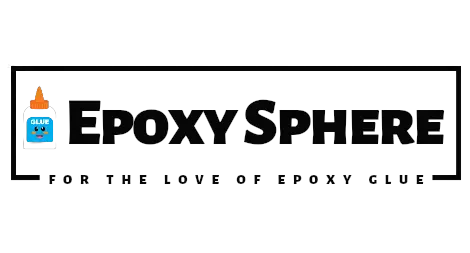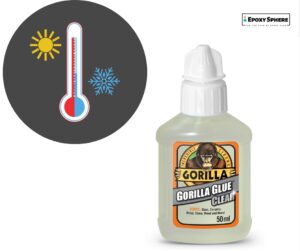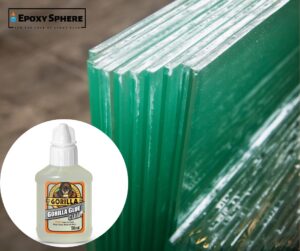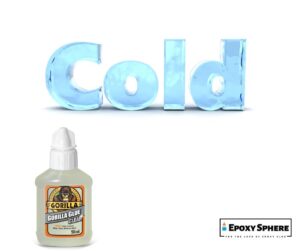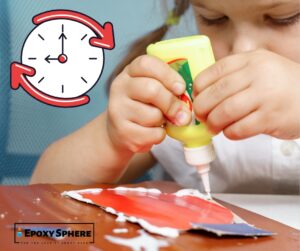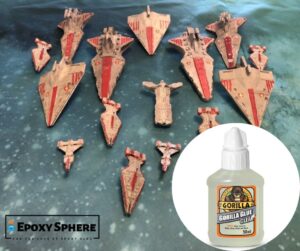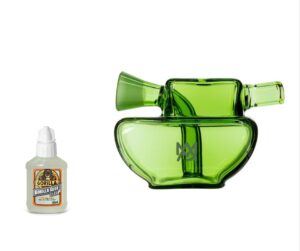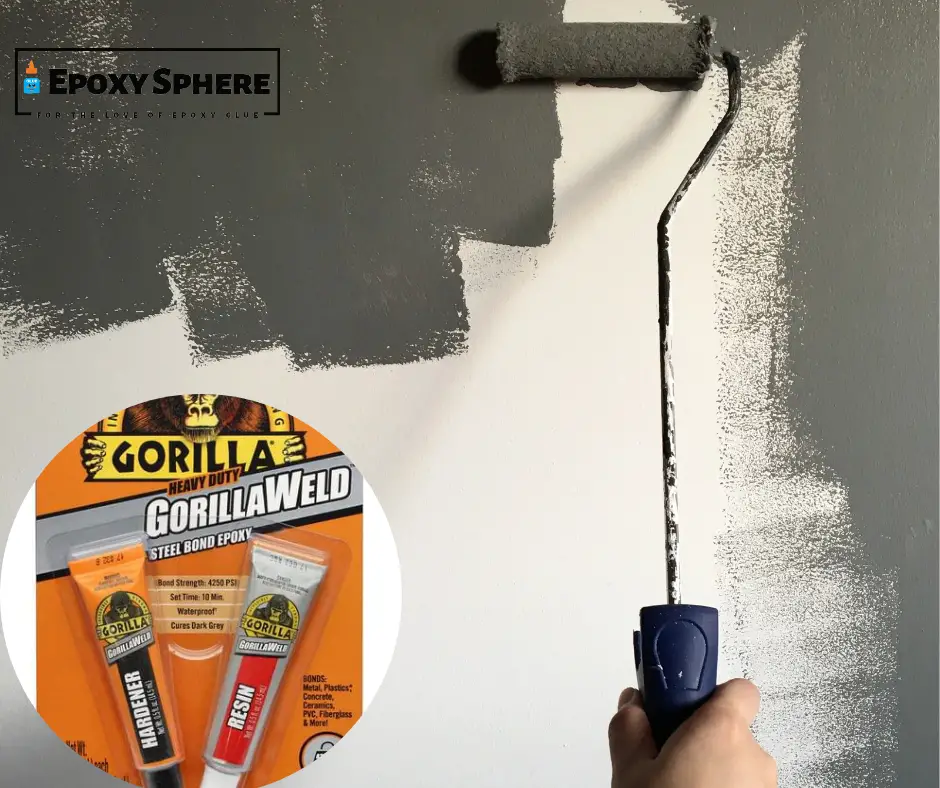
Gorilla Glue works wonders when bonding two materials together. This makes it a popular choice for DIYers that want to tackle projects themselves.
However, some people wonder whether Gorilla Glue can be painted. Since painting makes the object look restored to its original look, it is important to know if a glued surface works well with paint.
Can Gorilla Glue Epoxy Be Painted?
Yes, Gorilla Glue epoxy can be painted with a standard latex paint after it has been cured completely. If you want to paint it sooner than that, you should only use water-based latex paint that has not been thinned down with water or other liquids.
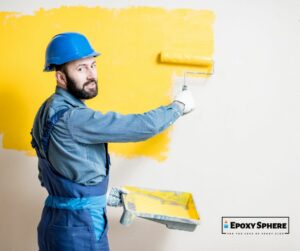
While acrylic paints work well on many surfaces, they don’t adhere well to the surface of this product due to the chemical makeup of its components. If you’re planning on painting your project right away, we recommend applying two coats of primer first so that you don’t have any issues with adhesion later on down the road when you apply your topcoat.
How To Paint Gorilla Glue Epoxy
The following steps will help you paint Gorilla Glue Epoxy onto any surface:
- Apply the epoxy according to the manufacturer’s instructions. You’ll need to follow the instructions on your particular product, but typically you will mix epoxy and hardener in equal parts (1:1) in a disposable container or a plastic tray.
- Stir the epoxy thoroughly until it is smooth and homogenous. Then apply it to your surface using a paintbrush or roller. Make sure that you have enough space around your work area so that you can move freely while you work without bumping into anything. You do not want to get any of this stuff on yourself, so keep clear of clothing and hair.
- Apply an even coat of epoxy with a brush or roller over all surfaces of your project (including corners). Be sure to cover all areas completely, and don’t leave any gaps where water can enter later on.
- Allow the epoxy to dry completely before handling it again (about 24 hours).
Precautions When Painting Gorilla Glue Epoxy
Gorilla glue epoxy is a very strong bond that can be used in many applications. It is also a very durable material, but when painted it can chip. Here are some precautions to help prevent this from happening.
1. Let it cure completely
Do not paint the Gorilla glue epoxy until it has cured for at least 24 hours. This will allow the product time to cure properly and ensure that the bond is strong enough to withstand movement and other forces.
2. Use high-quality materials
Make sure that you use high-quality paint when painting the Gorilla glue epoxy. If you use cheap paint or an inferior brand, it can chip off easily and leave behind a mess with little chance of repair.
3. Use the right brush
If possible, avoid using any type of brush on the surface of your project when painting with Gorilla glue epoxy. While it may seem like the best way to go about this task, it often leads to uneven results due to brush strokes and other imperfections in your work.
4. Use plastics containers
Use plastic or glass containers to mix the parts, not metal. And make sure you thoroughly clean any containers before use. Make sure you have the right tools for the job. Gorilla Glue Epoxy is a two-part, room-temperature curing adhesive that works best when mixed by hand. To ensure you get an even mix of resin and hardener, use a paint stick or similar tool.
5. Use a ventilated space
Make sure there is enough ventilation in your work area when using gorilla glue epoxy. The vapors produced during the mixing process can irritate your eyes, nose, and throat if there isn’t enough fresh air circulating through the room. If possible, open windows or doors in your workspace, to increase airflow during this process.
6. Do not smoke during the procedure
Don’t smoke while using gorilla glue epoxy, it’s bad for you. If you’re an avid smoker, I recommend taking a break every hour to give your lungs a break from all that tar being sucked into them while they’re trying to keep up with all that resin/hardener fumes being pumped out.
Benefits of Painting Epoxy Glue
Here are some benefits that you get when you use epoxy glue:
1. It protects against sun damage
The sun’s ultraviolet rays can damage your car’s paint job. They can cause your paint to fade or lead to other problems like cracking or peeling. Painting epoxies prevent this by forming a barrier that protects your car’s finish from UV light exposure. This helps keep your paint looking new for years after it’s been applied.
2. It prevents scratches and dents
Scratches and dents are a fact of life for many drivers, especially those who live in urban areas where parking spaces are tight. When you park your car next to another vehicle, there is always a chance that one could get scratched or dented as you pull out of a spot or back into it when leaving your home or office parking lot.
Epoxy glues help prevent these types of problems by providing an extra layer of protection between the surface of your vehicle and any hard objects that may come into contact with it during daily use.
3. It is durable
Epoxy glue can be used in almost any application that requires a strong bond between the two materials. The high-strength adhesive will hold together even when exposed to moisture or extreme temperatures.
Can Gorilla Glue Epoxy Be Painted While Still Wet?
Yes, you can paint over Gorilla Glue Epoxy while it is still wet. The best way to paint over epoxy is to use water-based paint. Water-based paints are easier to use and clean up than oil-based paints, which is important when working with epoxy. Water-based paints also dry faster than oil-based paints, so you don’t have to wait as long before using your project.
Can You Use Water-Based Paints on Gorilla Epoxy?
Yes, you can use water-based paints on Gorilla Epoxy. It’s not a good idea to use oil-based paints because of the solvents in them. If you want to use water-based paint, the best thing to do is to use a primer first, then paint the epoxy with latex or acrylic paint.
Final Note
There you have it, everything you need to know about painting gorilla glue epoxy. Also, refer to the precautions to take while carrying out your procedure.

Hi, This is John Davis. After years of working in the construction industry, I decided to create a website that would provide people with information about glue and its exceptional uses. I hope You find it useful
